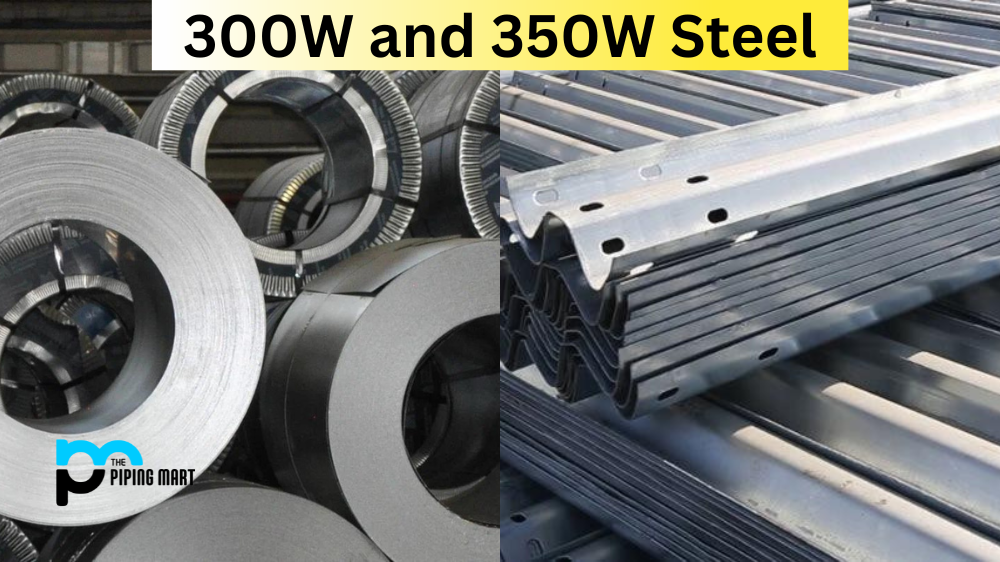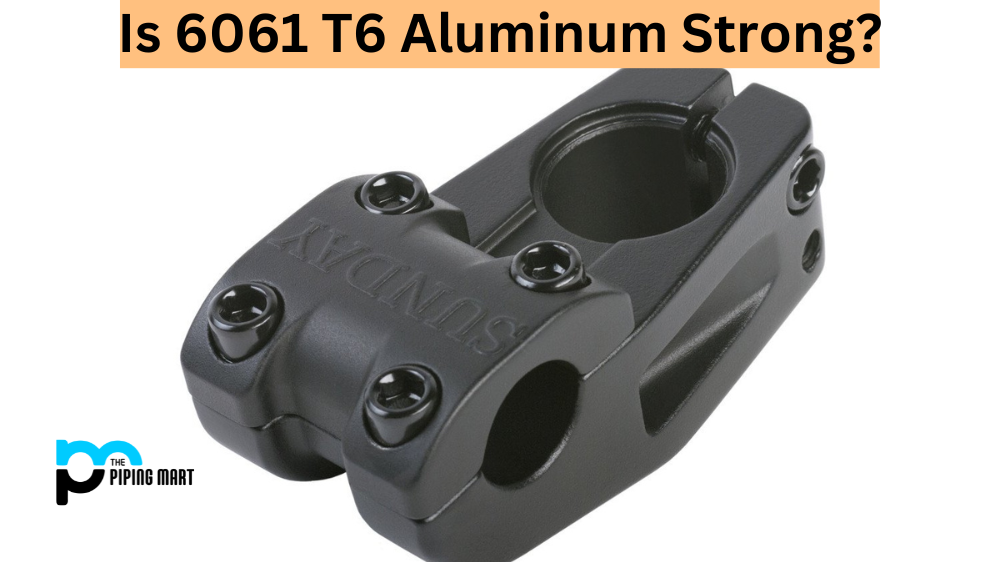Steel is one of the most commonly used materials in various industries, including construction, manufacturing, and automotive. Different types of steel are available in the market, each with different properties and applications. Two of the most popular types of steel are 300W and 350W. While they may seem similar, there are distinct differences between them that can significantly impact their performance. In this blog post, we will explore the differences between 300W and 350W steel, how they affect their properties and applications, and which is better suited for each purpose.
Differences between 300W and 350W Steel
Strength and Durability
The primary difference between 300W and 350W steel is their strength and durability. In general, 350W steel is stronger and more durable than 300W steel due to its higher carbon content. This makes 350W steel ideal for heavy-duty applications that require high strength and toughness, such as structural engineering and bridge construction.
Weldability
Weldability is another crucial difference between 300W and 350W steel. 300W steel has good weldability due to its low carbon content, while 350W steel is less weldable. This means that 300W steel is better suited for applications that require frequent welding or welding with low heat input, while 350W steel is better suited for applications that require high strength but don’t involve welding.
Corrosion Resistance
The corrosion resistance of 300W and 350W steel is comparable, but manganese and other alloying elements in 350W steel make it slightly more corrosion-resistant than 300W steel. However, both types of steel are still susceptible to corrosion and require appropriate measures to protect against it, such as painting, galvanizing, or using stainless steel.
Cost
The cost of 300W and 350W steel is another factor that sets them apart. 350W steel is generally more expensive than 300W steel due to its higher carbon content and strength. Thus, 300W steel is often used for applications that do not require high power or when cost-effectiveness is a significant consideration.
Applications
Finally, using either 300W or 350W steel depends on the specific application and requirements. For instance, 350W steel is commonly used to construct bridges, buildings, and other structural engineering projects. In contrast, 300W steel is often used in automotive and manufacturing applications that require good formability and weldability.
Conclusion
In summary, while 300W and 350W steel may look similar, significant differences can make one better suited for a particular application. 350W steel has higher strength and durability, making it ideal for heavy-duty applications that require high performance and toughness. Meanwhile, 300W steel offers good weldability and formability, making it more popular in automotive and manufacturing applications. Understanding the differences between these two types of steel can help you make an informed decision about which one to use for your project.




